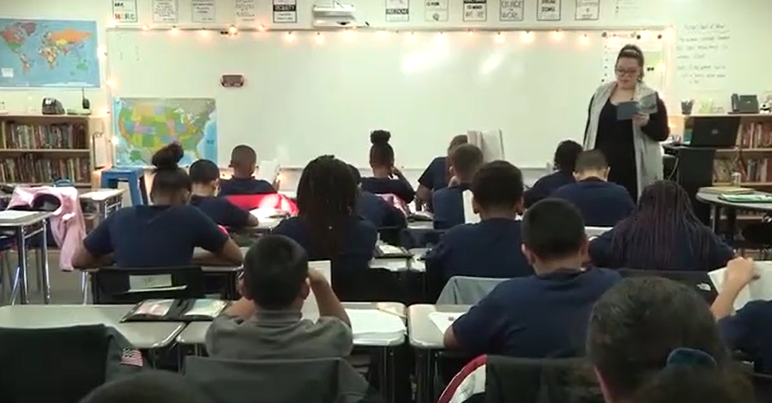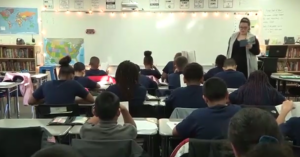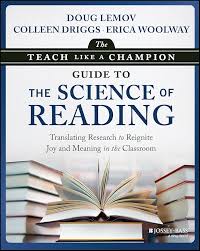The U.S. Navy and the other branches of the military were told by order of Trump and Hegseth to remove all books on the subjects of diversity, equity, and inclusion. In practice, this meant elimination of books about race, racism, and sexual orientation.
These were the search terms used to identify offending titles:
The 20 official search terms included in the May 9 memo included: affirmative action; allyship; anti-racism; critical race theory; discrimination; diversity in the workplace; diversity, equity, and inclusion; gender affirming care; gender dysphoria; gender expression; gender identity; gender nonconformity; gender transition; transgender military personnel; transgender people; transsexualism; transsexuals; and white privilege.
Using these identifiers, the Navy took 381 books out of circulation and off its shelves.
However, a second review restored all but about 20 of the titles.
In a major reversal, almost all the 381 books that the U.S. Naval Academy removed from the school’s libraries have been returned to the bookshelves after a new review using the Pentagon’s standardized search terms for diversity, equity and inclusion titles found about 20 books that need to be removed pending a future review by a Department of Defense panel, according to a defense official.
The reversal comes after a May 9 Pentagon memo set Wednesday as the date by which the military services were to submit and remove book titles from the libraries of their military educational institutions that touch on diversity, race, and gender issues using the Pentagon’s specific search terms.
Prior to the Pentagon memo standardizing search terms, the Navy used its own terms that identified 381 titles, including titles like “I Know Why the Caged Bird Sings” by Maya Angelou, “How to Be an Antiracist” by Ibram X. Kendi, “Bodies in Doubt” by Elizabeth Reis, and “White Rage” by Carol Anderson.
Frankly, I have no idea why the list of banned books was pared down from 381 to only 20. The news story doesn’t explain.
Here is the original list of banned books. Most are about race and racism. The others are about gender and sexuality.
If the military is strong enough to fight, aren’t they strong enough to read about challenging topics?



